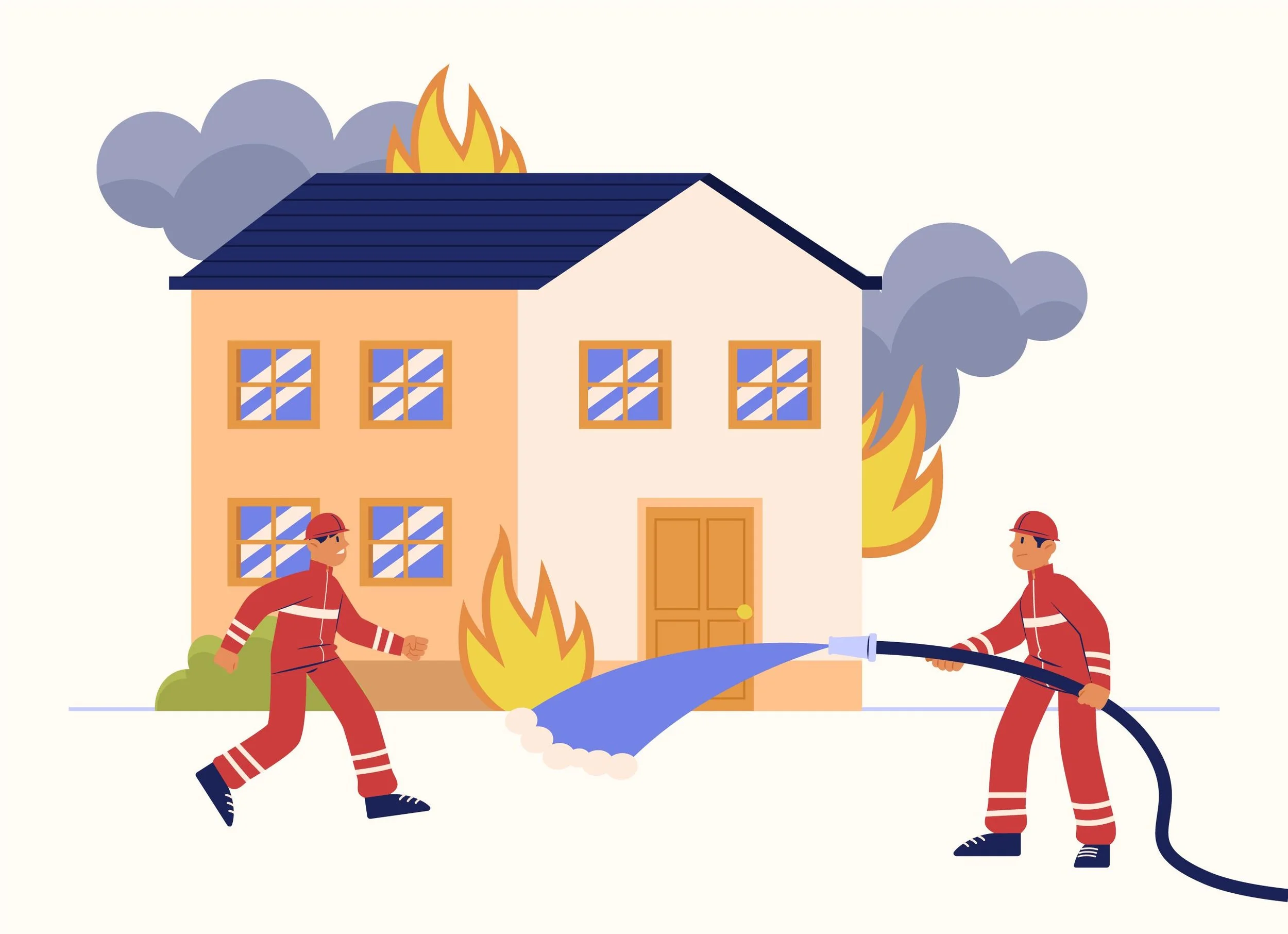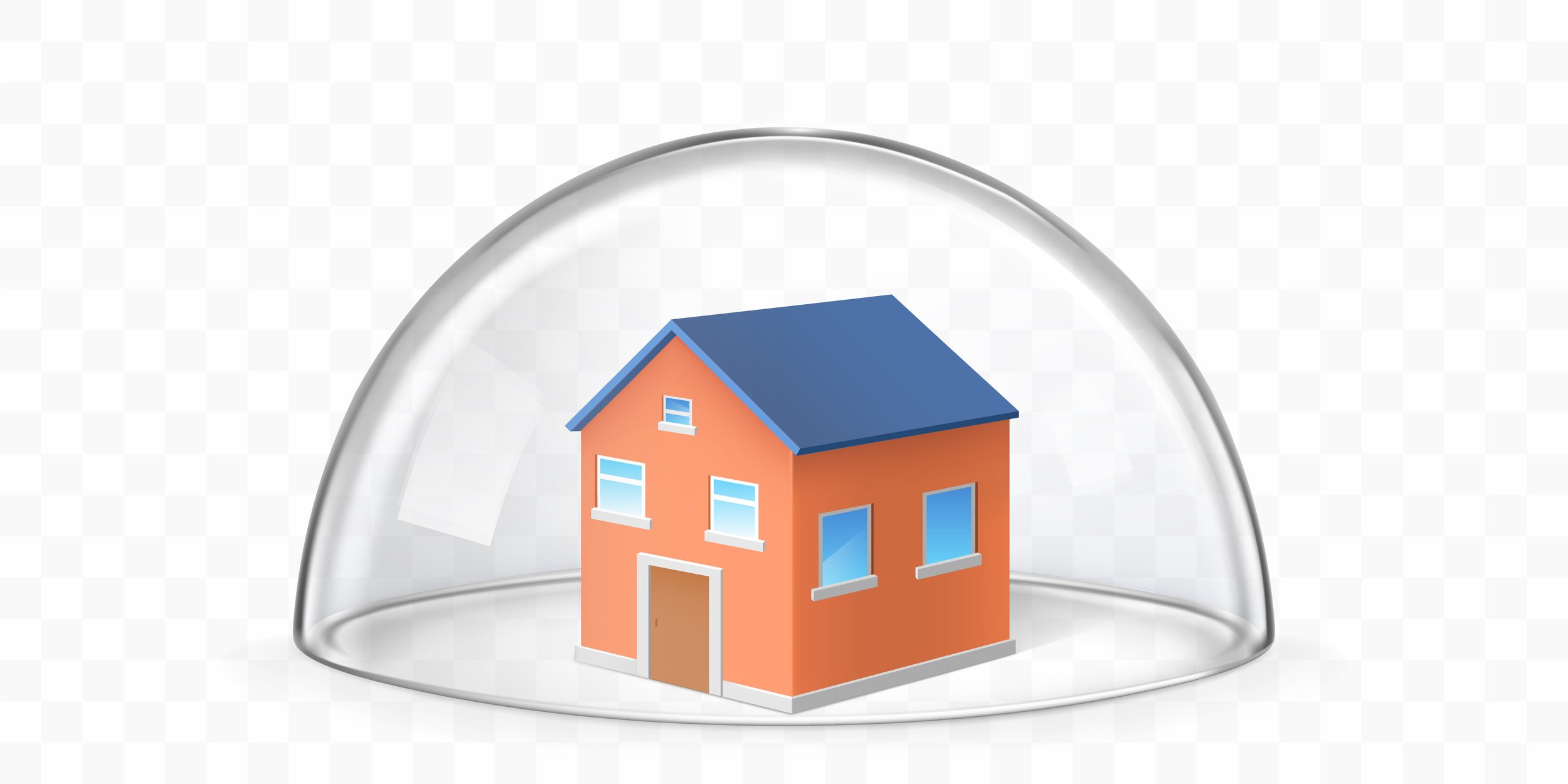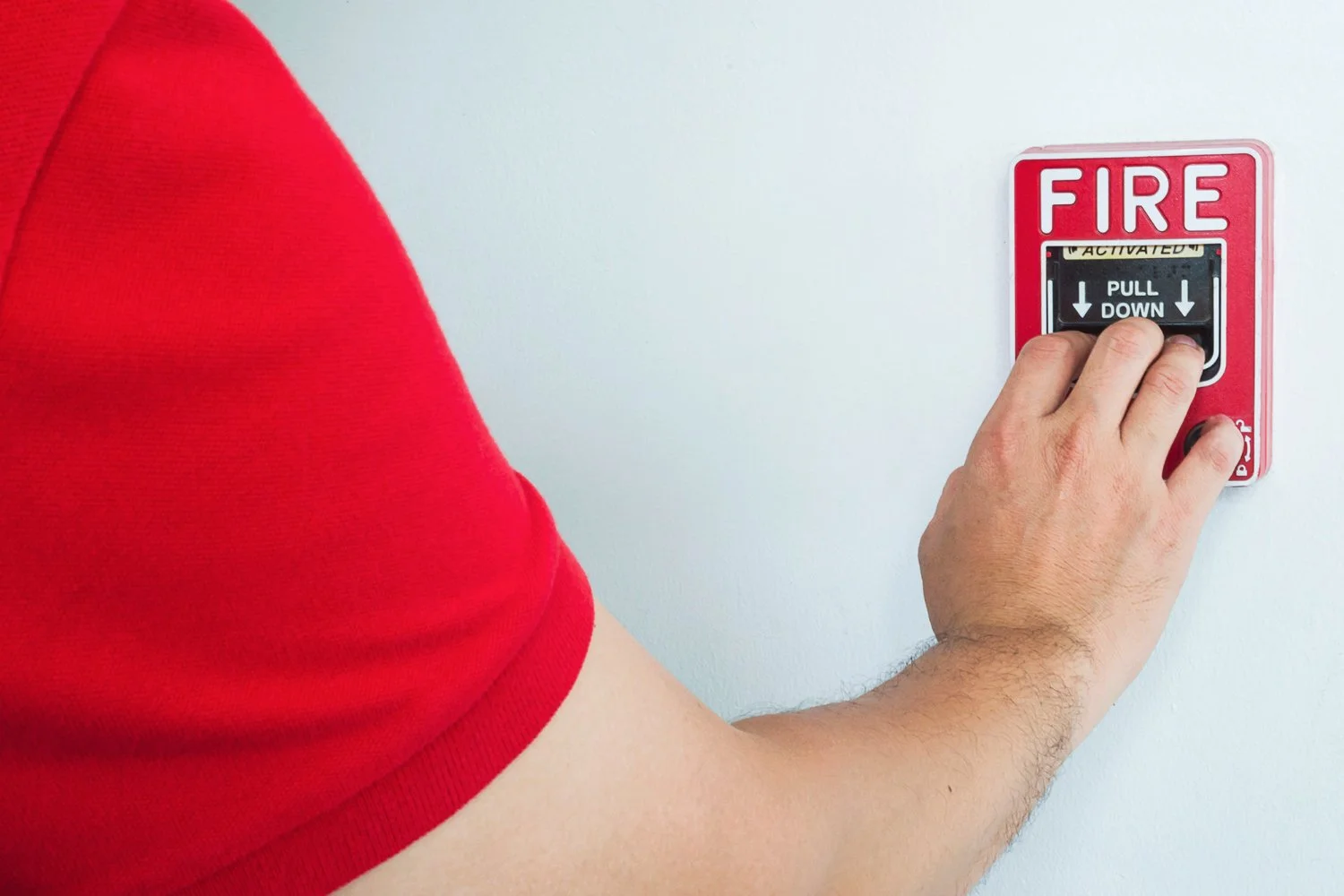Strategies to Protect Your House from Fire in Colorado: Building Resilience in Real Estate
Fire is a threat that most property owners prefer not to think about—until it’s too late. In Colorado, the danger is particularly real. From increasingly intense wildfires to preventable residential blazes caused by electrical faults or heating systems, the risk is multi-faceted and growing. Whether you’re a homeowner, real estate investor, or developer, understanding how to protect your house from fire in Colorado is not just about damage prevention—it’s about building long-term resilience into your property.
In this comprehensive guide, we explore actionable strategies that go beyond wildfire defense and address the full spectrum of fire hazards common in homes and communities today.
1. Fire Risks in Colorado: Beyond Wildfires
When people think of fire in Colorado, wildfires usually come to mind first—and understandably so. The state has seen a rise in wildfire events, particularly in forest-adjacent and suburban communities that border natural landscapes.
However, the vast majority of home fires aren’t caused by wildfires. Instead, they start inside the home due to:
Electrical fires from faulty wiring, overloaded outlets, or malfunctioning devices like EV chargers
Kitchen fires, often due to unattended cooking or grease flare-ups
Heating equipment, including space heaters, furnaces, or chimneys
Smoking materials, candles, or holiday lighting setups
One current example is a restoration project being handled by Sidney Aulds Building Studio, involving an electrical fire that originated from an EV charger in a residential garage.
In this project, we see the effects of both good and bad fire protection. The fire quickly spread into the roof of the home, causing major damage to the roof and the roof trusses. The ceiling of the garage was gone in a short time. However, the rated wall and door that separated the home from the garage were still standing, serving as a testament to proven construction methods.
2. Designing and Building Fire-Resistant Homes
Whether you're constructing a new home or renovating an older one, integrating fire-resilient materials and design features is one of the most effective ways to reduce the impact of fires.
Key Elements of Fire-Resistant Construction:
Non-combustible roofing materials such as metal, tile, or Class A-rated asphalt shingles
Fiber cement siding or stucco, which are more resistant to heat than vinyl or wood
Tempered glass windows, which resist breaking under high heat and reduce the chance of embers entering the home from the outside
Fire-rated doors and garage entryways, especially for attached garages housing high-voltage systems
Sealed eaves, vents, and soffits with ember-resistant mesh to block airborne sparks
Fire-resistant insulation, such as mineral wool, is particularly important in walls separating garages from living areas
Fire separation wall to provide a rated wall between the home and the garage. We prefer to specify ⅝” Type-X drywall
Developers can go a step further by building communities that are designed with defensible space, emergency access roads, and underground utility lines - all of which support a fire-resilient real estate ecosystem.
3. Indoor Safety: Electrical, Kitchen, and Heating Hazards
A significant portion of house fires originates from everyday household activities and systems. The good news? Many of them are preventable with basic maintenance and awareness.
Electrical Fire Prevention:
Avoid overloading circuits or plugging multiple high-wattage devices into a single outlet
Inspect wiring regularly, especially in older homes; frayed or exposed wires should be replaced immediately
Install arc-fault circuit interrupters (AFCIs), which shut down power when dangerous conditions are detected
Ensure EV chargers are professionally installed and compliant with local electrical codes
Never run cords under rugs, and replace damaged cords right away
Kitchen Fire Prevention:
Never leave cooking unattended, especially when frying or broiling
Install a stovetop fire suppression system, especially in multifamily units
Keep flammable objects (paper towels, dishcloths, curtains) far from heat sources
Clean grease buildup from range hoods and ovens regularly
Store fire extinguishers within easy reach of cooking areas
Heating Equipment Fire Prevention:
Service furnaces and chimneys annually to clear blockages and identify faults
Maintain clearances around space heaters—at least 3 feet from any furniture or fabric
Use only certified appliances and avoid DIY modifications
Install carbon monoxide and smoke detectors near sleeping areas and high-risk zones
Adding smart home devices, like heat sensors, smoke alarms that send alerts to your phone, and automatic shut-off switches, can further reduce your risk.
4. Exterior Defense: Fire-Resistant Landscaping and Defensible Zones
A fire-resistant landscape acts as a buffer between your home and potential fuel sources. This is crucial not only in wildfire-prone areas but in suburban communities where fire could spread from a neighboring property.
Defensible Space Best Practices:
Zone 1 (0–5 feet from home):
Keep this area free of anything flammable—wood mulch, dead leaves, firewood, or overhanging plants
Use gravel, concrete, or pavers instead of mulch
Install metal mesh screens on foundation vents and under decks
Zone 2 (5–30 feet):
Trim trees to prevent branches from touching structures
Remove dead vegetation and thin dense shrubs
Maintain separation between tree canopies
Zone 3 (30–100 feet):
Mow the grass regularly
Clear brush and dead plant material
Create fuel breaks with driveways or paths
Using native, low-resin, and drought-resistant plants can further reduce fire risk while supporting sustainability.
5. Emergency Preparedness and Household Safety
Even with the best construction and landscaping, no property is completely immune to fire. That’s why emergency preparedness is a vital pillar of resilience.
Basic Household Readiness Checklist:
Install smoke alarms in every bedroom, hallway, and floor level. Test monthly and replace batteries twice a year.
Keep fire extinguishers rated for Class A, B, and C fires in the kitchen, garage, and workshop areas
Create a fire escape plan with at least two exit routes from every room, and a designated meeting point outside
Practice fire drills twice a year—more if children or seniors live in the home
Secure important documents (insurance, IDs, property deeds) in a fireproof safe or cloud backup
Display your house number clearly, so emergency responders can locate you quickly
Smart systems, such as water mist suppression, emergency lighting, and fire detection tied to mobile apps, can provide peace of mind, especially for property managers or out-of-town owners.
6. Real Estate Value and Long-Term Resilience
Fire-safe homes are a smart investment. As buyers grow more aware of environmental risks, properties that are built or upgraded with fire-resilience in mind are not only safer—they’re more marketable.
Benefits of Fire-Resilient Real Estate:
Lower insurance premiums and easier access to coverage in high-risk zones
Reduced post-disaster downtime, especially for income properties or rentals
Higher resale value, particularly in areas with wildfire history
Compliance with evolving building codes, protecting your investment for the long haul
Better tenant retention and satisfaction in managed residential communities
Developers can further differentiate their offerings by promoting fire-resilient certifications, like Wildfire Prepared Home™ or Firewise USA® community participation.
7. Policy, Community, and Shared Responsibility
Fire protection isn't just an individual concern, it’s a shared responsibility. Your local building codes, neighborhood associations, and community planning efforts play a crucial role in creating safer living environments.
What You Can Do:
Support updated building and fire codes that reflect modern risks
Join or advocate for Firewise USA® programs in your neighborhood
Encourage HOAs to adopt fire-safe landscaping standards
Back infrastructure upgrades like underground utilities or wider access roads in rural developments
Attend community emergency preparedness meetings and educate tenants or neighbors
Collective action has proven effective in reducing fire spread and minimizing loss. When entire communities take precautions, everyone benefits.
Fire Safety Is a Cornerstone of Resilient Real Estate
Whether you're designing your dream home, renovating an investment property, or managing a development, learning how to protect your house from fire in Colorado is essential. By addressing both internal and external risks, adopting fire-resistant construction, and practicing preparedness, you're building more than just a safe home; you’re contributing to the next generation of resilient real estate. Fire protection is no longer just a safety checklist. It’s a smart, future-ready investment in both people and property.





